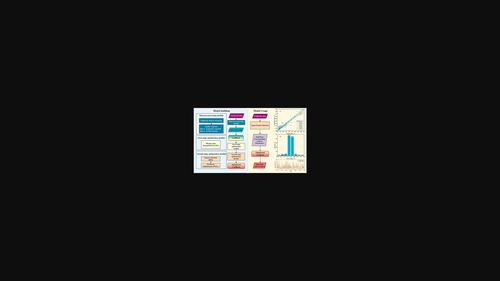当前位置:
X-MOL 学术
›
Steel Res. Int.
›
论文详情
Our official English website, www.x-mol.net, welcomes your feedback! (Note: you will need to create a separate account there.)
A CatBoost‐Based Modeling Approach for Predicting End‐Point Carbon Content of Electric Arc Furnace
Steel Research International ( IF 2.2 ) Pub Date : 2024-04-12 , DOI: 10.1002/srin.202400053 Hongbin Lu 1 , Hongchun Zhu 1 , Zhouhua Jiang 1, 2 , Huabing Li 1, 2 , Ce Yang 1 , Hao Feng 1 , Shucai Zhang 1
Steel Research International ( IF 2.2 ) Pub Date : 2024-04-12 , DOI: 10.1002/srin.202400053 Hongbin Lu 1 , Hongchun Zhu 1 , Zhouhua Jiang 1, 2 , Huabing Li 1, 2 , Ce Yang 1 , Hao Feng 1 , Shucai Zhang 1
Affiliation

|
Developing the prediction model of the end‐point carbon content of the electric arc furnace (EAF) is an effective way to reduce the adjustment frequency of liquid steel composition and shorten the smelting time. Previous data‐driven models lack effective handling of the missing values in EAF production data. This may be the main reason why model accuracy is difficult to improve. This article proposes a novel modeling method based on the CatBoost algorithm with two‐stage optimization. In the preprocessing session, empirical and empirical‐cumulative‐distribution‐based outlier detection (ECOD) methods are utilized to extract input features and reject outliers. The end‐point carbon content prediction model is built based on CatBoost. The generative adversarial imputation nets (GAIN) method is used in the first optimization stage to handle the missing values. In the second optimization stage, recursive feature elimination (RFE) is used to select the final features, and whale optimization algorithm (WOA) is used to optimize the parameters of the CatBoost model. After verification with actual production data, the two‐stage optimized CatBoost model demonstrates excellent performance compared with other methods, with an R 2 of 0.903, mean absolute error of 0.021, root mean squared error of 0.043, and 90.34% hit ratio within ±0.05% error range.
中文翻译:

基于 CatBoost 的电弧炉终点碳含量预测建模方法
建立电弧炉终点碳含量预测模型是减少钢水成分调整频率、缩短冶炼时间的有效途径。以前的数据驱动模型缺乏对电弧炉生产数据中缺失值的有效处理。这可能是模型精度难以提升的主要原因。本文提出了一种基于两阶段优化的 CatBoost 算法的新颖建模方法。在预处理过程中,利用经验和基于经验累积分布的异常值检测(ECOD)方法来提取输入特征并拒绝异常值。基于CatBoost建立终点碳含量预测模型。在第一个优化阶段使用生成对抗插补网络(GAIN)方法来处理缺失值。在第二优化阶段,使用递归特征消除(RFE)来选择最终特征,并使用鲸鱼优化算法(WOA)来优化CatBoost模型的参数。经过实际生产数据验证,两阶段优化的CatBoost模型与其他方法相比表现出优异的性能,右 2 为 0.903,平均绝对误差为 0.021,均方根误差为 0.043,命中率在 ±0.05% 误差范围内为 90.34%。
更新日期:2024-04-12
中文翻译:

基于 CatBoost 的电弧炉终点碳含量预测建模方法
建立电弧炉终点碳含量预测模型是减少钢水成分调整频率、缩短冶炼时间的有效途径。以前的数据驱动模型缺乏对电弧炉生产数据中缺失值的有效处理。这可能是模型精度难以提升的主要原因。本文提出了一种基于两阶段优化的 CatBoost 算法的新颖建模方法。在预处理过程中,利用经验和基于经验累积分布的异常值检测(ECOD)方法来提取输入特征并拒绝异常值。基于CatBoost建立终点碳含量预测模型。在第一个优化阶段使用生成对抗插补网络(GAIN)方法来处理缺失值。在第二优化阶段,使用递归特征消除(RFE)来选择最终特征,并使用鲸鱼优化算法(WOA)来优化CatBoost模型的参数。经过实际生产数据验证,两阶段优化的CatBoost模型与其他方法相比表现出优异的性能,



























 京公网安备 11010802027423号
京公网安备 11010802027423号